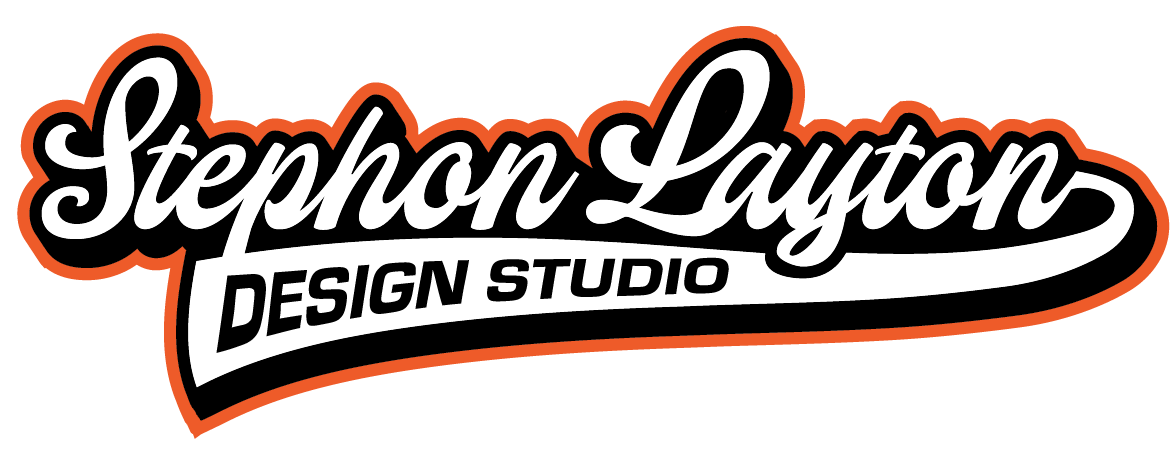BRANDING, AND HOW THIS WORKS
Let's say you have decided to start your own business, or you thought of upgrading or reinventing your brand. One of the first order of things you would be doing is to design a logo for your business. Your logo would have to say it all about your brand: your color scheme, font styles, feel and so on. But sometimes, the whole thing would just seem to be quite off, and you can't figure out what is wrong.
This kind of situation is the reason why you need to have a consistent and strong brand identity. Especially in today's modern market trend, when tiny details make or break you. Not only does it makes your brand look firm but it would build your credibility, as well.
So here's the big question: How? - Well, enter the brand book.
What is a Brand Book?
A brand book is a set of rules and guidelines for the use of your brand. A standard if you must. A style guide, in a designer's context. It basically explains how to properly make use of elements to make sure that it is consistent with your brand.
Why create a brand guide for your business?
Having a brand book makes it easier to do a project. Example: if you decided to do a packaging for a brand product, presenting the brand book to the designer would make things easier to select font styles, colors, and whatnot and output would be consistent with your brand.
Makes you look professional. Being consistent with your marketing tools and outputs makes you look professional. Like everything's planned out to be the way they are.
You will have control of your brand. Having standardized brand gives your control of any loose ends. If something is not working - a look or feel - you refer to your trusty old brand book.
Never a cheap moment. When you have a brand that's solid in all corners, your brand would avoid looking cheap.
You enhance your brand. With your brand's style regulated, it makes you progress into a finer and solid brand. You are put onto a perspective where you see your brand's untapped potential and develop changes for its betterment.
What to Include in a Brand Book?
There are several components to include in a brand book. Here are the basics and must be included.
BRAND OVERVIEW
As much as possible, this should be brief. In little words as possible, make sure that the concept for the design of your brand is clear. A designer should likely read this very important part of the brand book; it should tell what the brand is aiming to be, its look and feel.
LOGOS
A logo is the brand's key component to its brand strategy; therefore, it should be taken seriously. The brand will likely revolve around the logo concept BUT the logo is not your brand alone. Make sure there are many logo variations for certain styles and backgrounds, and clarify minimum sizes.
INCORRECT LOGO USAGE
Remember when I said, a detail can make or break your brand? Here's a common mistake in the branding world: logos are used and stamped upon on almost anything. Your brand has to look professional, and you should know not to mess around with it. If you do, you're basically messing with your reputation. You have to be careful to make sure that designers or anyone that would make use of your brand logo understands what they can and cannot do with it.
FONTS
Font is crucial. It also affects your brand's feel. You have to define what kind of typefaces to use. More so, their size, colors, headline and body typeface. Do not forget to include web and non-web fonts.
COLORS
Since your brand revolves around your logo, and your logo revolves around a particular color set, it is imperative to make sure that the use of colors is specified. Specify primary and secondary colors - when and where to use them. Include color palettes, as well as, formats for both print and web end.
COPY AND TONE OF VOICE
Think of this as another key component to your brands personality. It's how you would want them to "hear" or "read" you - your character. Defining the way you deal or sound like, especially in the social media, is a great way to be consistent. When there are several people writing or doing the copy in their different ways, your brand would seem to have several personalities. That is why it is key to have these laid out properly.
